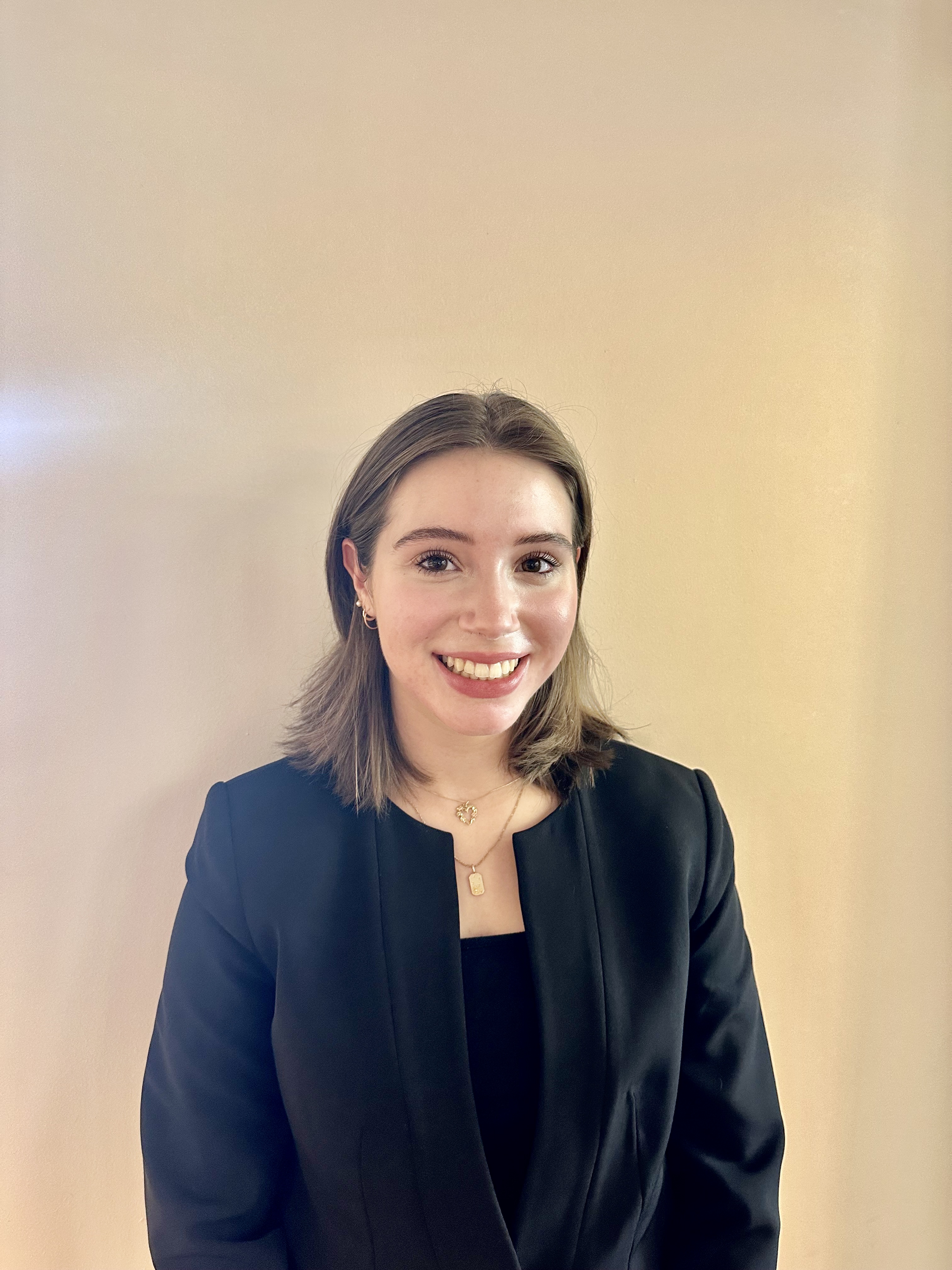Research Symposium
23rd annual Undergraduate Research Symposium, April 6, 2023
Willow Hackett Poster Session 4: 4:00 pm - 5:00 pm/ Poster #90

BIO
Willow Hackett is an Art History major at Florida State University finishing her first year. She is double minoring in Museum Studies and Asian Studies. Her current concentration is Religious Art of East Asia and Chinese Contemporary Art. Willow has always loved learning about history and wishes to pursue a career in either museum administration, curation or as a fine art specialist at auction houses like Sotheby’s. When she’s not working, Willow likes to read, workout, travel and try every restaurant in Tallahassee. Willow was born and raised in South Florida but hopes to reside in Washington D.C. with her two cats in the future.
The Shogun’s Grandniece
Authors: Willow Hackett, Annika A. CulverStudent Major: Art History
Mentor: Annika A. Culver
Mentor's Department: History Mentor's College: Arts and Sciences Co-Presenters:
Abstract
The Nagamine family features a long, affluent lineage of Japanese immigrants to the United States, one who married into a family related to the bloodlines of Japan's last Shogun, Tokugawa Yoshinobu. This relative, the Shogun's grand-niece, currently lives in a sleepy Oregon town with a small population, low-diversity, and overall homogeneity. Her grandparents, Haruyuki and Yone Nagamine, immigrated to the United States in the late 1910s and established a life in Los Angeles, specifically in the Silver Lake area. Now a "hipster" part of the city, Silver Lake attracted many young people for its inexpensive cost of living and bustling film scene. Before this, it attracted affluent immigrants; Haruyuki was a fruit distributor while his wife Yone was a successful midwife. They took up residence in a Spanish Colonial Revival style house, common in L.A. due to its European and bourgeois look. This architectural style particularly attracted wealthy immigrants who wanted to assimilate into American society. However, during WWII, the Nagamines were separated by the 1941 Pearl Harbor attack, and Yone could not return back to the US with her daughter, while her husband Haruyuki, as a business leader in the Issei (first generation) Japanese community, was arrested, and interned during the war. Their lives, and those of their daughter and grand-daughter, represent the ups-and-downs of US-Japan relations in the 20th and 21st century. My research focuses on the demographics of Japanese immigration throughout WWII, and how these global situations affected the decisions and image of these immigrants in America.
Keywords: Japan, history, immigration


